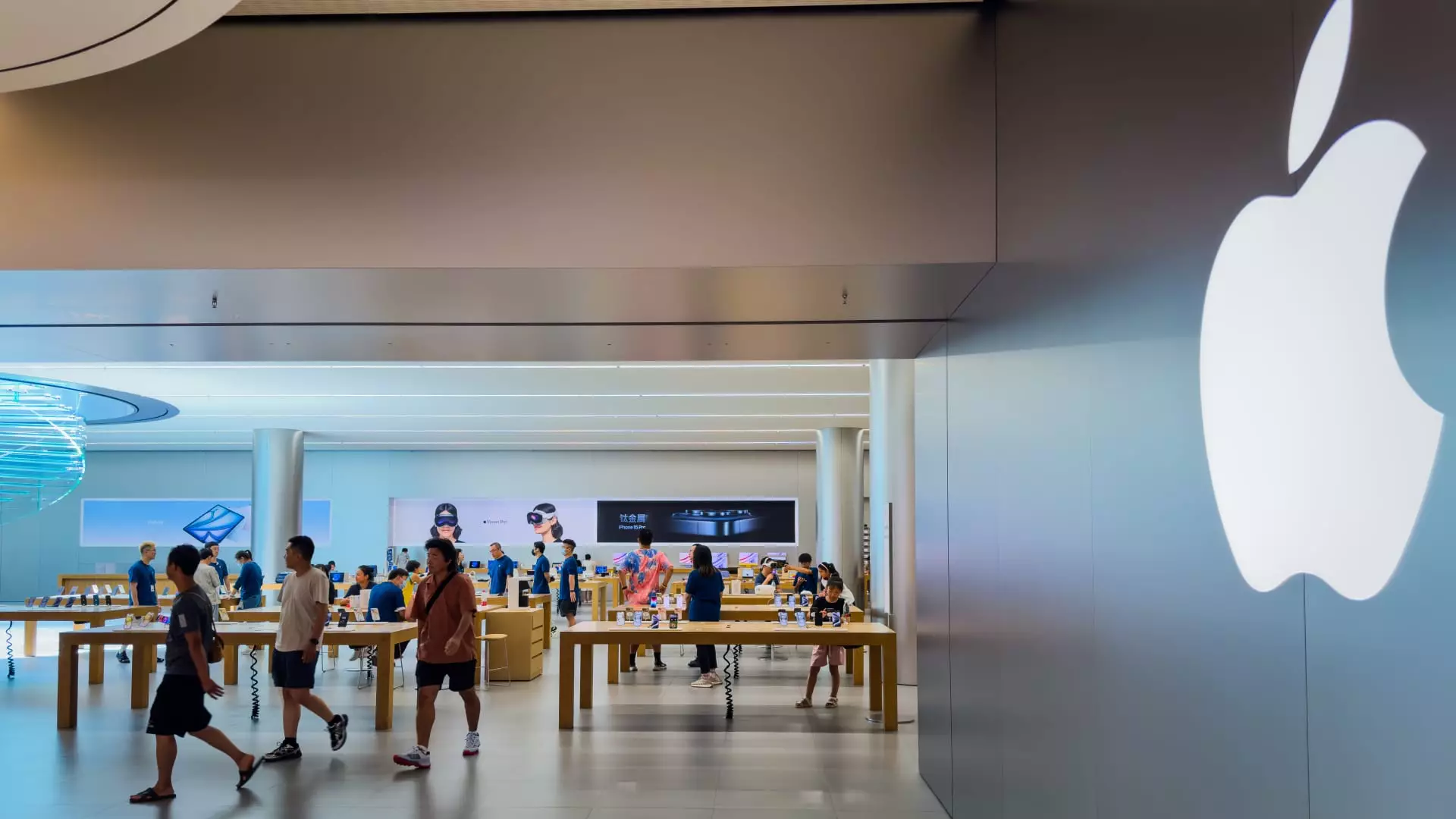The Potential Impact of Tariff Strategies on Apple and the Tech Market

The landscape of international trade has always wielded substantial influence over the tech hardware industry. With the election of Donald Trump as president, his tariff proposals brought new uncertainties into focus. The intention of imposing steep tariffs on imported goods, particularly from China, stirred concern among tech companies reliant on global supply chains. However, in the midst of this turmoil, analysts suggest that Apple Inc. may be uniquely positioned to weather the storm better than many of its peers. This article delves into the nuances of Trump’s tariff strategy and how it could selectively impact the tech hardware market, with a particular emphasis on Apple’s situation.
During his campaign, Donald Trump promised a federal tariff system that could impose taxes ranging from 10% to 20% on all imported goods and as much as 60% on products coming from China. Such drastic measures aimed to bolster domestic production by making imported goods more expensive. For tech giants like Apple, heavily reliant on Chinese manufacturing for components and assembly, the fear was palpable. However, some analysts posited that, due to Apple’s substantial profit margins, the company might mitigate some of the adverse effects compared to other tech firms with lesser margins.
Morgan Stanley’s Erik Woodring pointed out that while Apple is often considered one of the most exposed companies to tariffs because of its manufacturing ties to China, its high gross margins could dampen the potential financial blow. Essentially, a company like Dell, with thinner margins, might struggle under the same tariffs, highlighting the variance in risk exposure within the technology sector.
Despite the promising outlook from analysts, Apple’s stock performance following the election has exhibited a lackluster trend compared to other tech stocks. While companies such as Tesla experienced significant surges—nearly 15% right after the election—Apple managed only modest gains. As of now, Apple’s year-to-date increase of approximately 17% pales in comparison to the S&P 500’s 23% gain. This underperformance may reflect market skepticism about how well Apple can navigate the trade landscape, as concerns over tariffs loom large.
Apple’s insulated position is somewhat of a double-edged sword. The very components and devices contributing to its massive revenue stream also leave it vulnerable should tariffs materialize without exception. Notably, during Trump’s first term, Apple dodged direct impacts to its products when the U.S. found a middle ground with China, exempting certain consumer goods from tariffs. However, with fears of renewed tariff regulations, analysts have begun projecting potential earnings per share (EPS) declines. Morgan Stanley forecasts a 5.5% EPS drop if tariffs rise to 15%, and a 9.2% drop under a 25% tariff scenario—raising alarms within the broader market.
Even amidst potential adverse impacts from tariffs, analysts affirm that Apple’s pricing power remains one of its strongest assets. The ability to increase prices on their products to offset rising costs presents an avenue for maintaining margins. Bank of America estimates that if Apple responds by raising prices 10%, the impact on their earnings could be negligible despite the hurdles posed by tariffs.
Thus, the focus shifts to how Apple might adapt its manufacturing strategy. Expansion in countries like India has already begun to mitigate risks associated with tariffs. Reports indicate that Apple has significantly increased its iPhone production within India, thus decreasing dependency on Chinese manufacturing. Analysts project that if tariff measures do hit, a substantial percentage of Apple’s products could be sourced from countries outside China, thereby cushioning the blow from potential import taxes.
As the Biden administration approaches, the possibility of continued exemptions for Apple cannot be disregarded. The ruling administration’s trade policies may influence Apple’s vulnerability to tariffs significantly. Even without relief from tariffs, the company has avenues to explore diversification in manufacturing locations, which can fortify its supply chain resiliency.
Beyond tariffs and trade, the potential introduction of new products—such as the anticipated iPhone 17—presents Apple with opportunities for growth. Analysts underscore that upcoming software updates and innovations could incentivize a sales surge, compensating for any shortcomings induced by tariffs on the hardware front.
While the looming tariffs present genuine concerns for Apple and the tech hardware market, the company’s robust profit margins, pricing strategies, and adaptive manufacturing plans provide a shield against the worst of the potential impacts. The tech giant demonstrates that even amidst uncertainty, sound strategy and robust market positioning can define long-term success.





